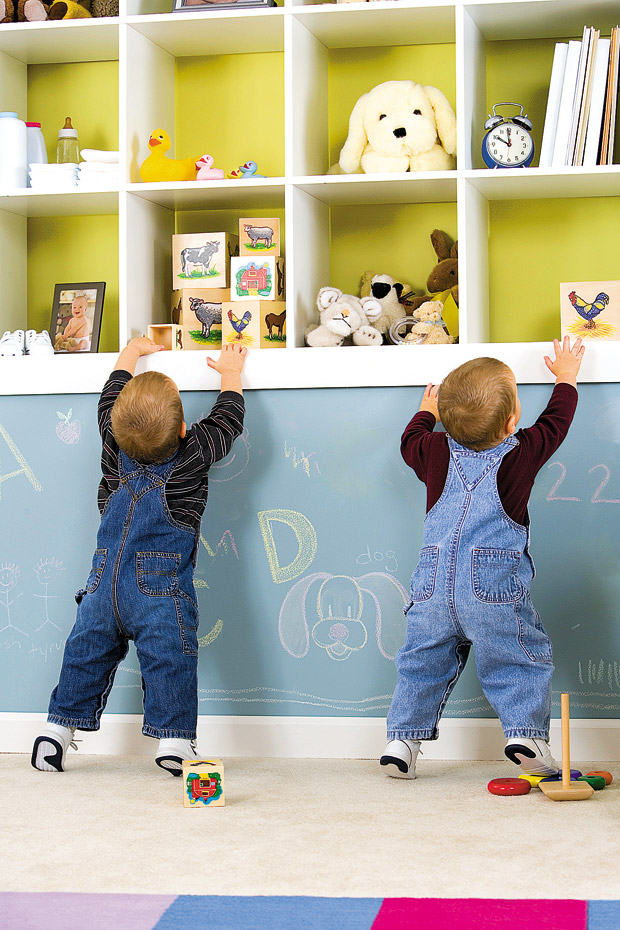Every January, like many other people, I vow to become more organized. So far, I’ve kept my promise to myself. Yet, there is always room for improvement. With a toddler running around and a seemingly endless flow of new toys, clothes and other baby gear coming into the house, organization has become more important than ever.
However, what I have learned is that it is not always prudent to do a big, drastic change. Small steps are more sustainable and also easier to implement. If you save all of your organizing for that magical weekend when you are free, then you probably won’t ever get to it. If you want to get your home organized this year, try some of these quick tips:
• Rethink your shapes.
Square items save more space than circular. Opt for square or rectangle storage bins, food containers and even spice bottles whenever possible. The angles allow you to take advantage of space more efficiently than round objects.
•Pull double duty.
For the parents, don’t get rid of your play yard/Pack ‘n Play just yet.
They can be useful long after your child outgrows it. Even if you don’t have a kid, you can purchase a play yard secondhand for a relatively small price. Place it in the corner of the garage and use it for odd-shaped, but regularly used items like sports equipment or beach gear. Your items will stay together, stowed neatly apart from other items and still remain easily accessible.
• Change your storage — not your habits.
If you are constantly straightening up piles of shoes at your door, carrying them to your closet, stop. You obviously use a variety of shoes regularly. Rather than changing your habit, invest in a shoe bin or rack to keep them together neatly. The same goes for kids’ items. If you notice your toddler constantly pulling items off of a shelf, don’t fight it. Replace your breakables with things she can play with, like books or soft toys.
• Store according to use.
Holiday decorations only come out once a year, so keep them in the back of the storage closet or even in the shed outside. The same goes for occasional use appliances, which should go in shelves high up and in the back. Things you use more often, like pots, pans and food storage containers, should go on shelves that are eye level or lower, so they are always within reach.
Have a comment or question for Joanne? Email thefixisin@gmail.com.

